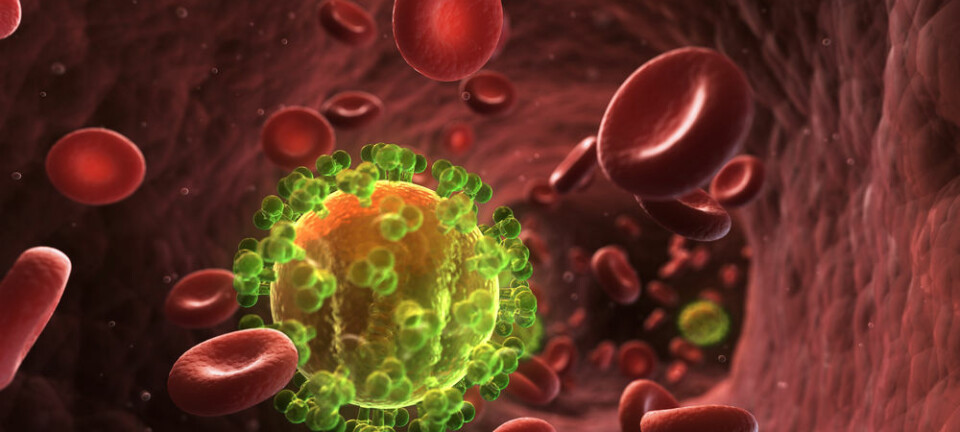
Aggressive HIV subtype leads faster to AIDS
A newly discovered subtype of the HIV virus in West Africa causes a quicker progression into AIDS than other varieties of the virus known worldwide, according to Swedish research.
Thirty years have passed since the discovery of the contagious human immunodeficiency virus, HIV. The medical world was initially almost powerless in treating its outcome, AIDS.
The first AIDS patients faced the double whammy of a painful death and widespread fear and prejudice. This kind of intolerance can still be found, but medical science has discovered ways of keeping the HIV virus in check – at least for people in the wealthy, industrialised West.
HIV is one of the major health threats in poor and developing countries. Globally, 35 million people were living with the virus at the end of 2011. Nearly 70 percent of them reside in Sub-Saharan Africa, where the World Health Organization reports one in every 20 adults is infected.
Short interval from HIV infection to AIDS
Swedish researchers at Lund University have now found that a recombinant of two subtypes of the HIV-1 virus causes a much quicker progression to AIDS than the most common subtypes.
If a person is infected with two different HIV subtypes, the result can be the creation of a genetic cross of the two – a recombinant virus.
The researchers studied a group of patients from Guinea-Bissau in West Africa and a recombinant of the HIV virus subtypes 02AG and A3.
These are the two most common HIV varieties in Guinea-Bissau. It is not unusual for specific subtypes to dominate regionally.
The Swedish researchers have shown that the cross of 02AG and A3 yields the shortest recorded period from infection to the development of AIDS among all HIV-1 types, according to a press release from the Swedish university.
In this case, it takes about five years to develop the disease, which is more than 40 percent faster than the A3 type of the virus.
Virus subtypes we know little about
“The medical mystery of HIV has been solved,” said the HIV expert and Oslo University Hospital physician Arild Mæland to the Norwegian Broadcasting Corporation in October.
Researchers know far more about HIV than they did 30 years ago, but it would be jumping the gun to claim that medical science has the virus under control.
Viruses are unpredictable. There are currently more than 60 subtypes of HIV-1 in circulation worldwide. Separate regions are dominated by one or two of these varieties.
“HIV is an extremely dynamic and variable virus. In all probability there are several recombinant types we don’t know about.”
“That’s why there are good reasons to be watchful regarding how the HIV epidemic develops as time passes,” says Patrik Medstrand, professor of clinical virology at Lund University.
The combination A3/02 hasn’t been spotted outside of West Africa to date. Its proliferation is limited. But the Swedish scientists point out that the spread of different virus recombinants is increasing in our modern world.
Complex and more mixed HIV flora
The Lund researchers point out that developments are leading to ever more complex and mixed HIV flora, compared to the virus types which were rampant earlier.
They are worried about a situation in which steadily more people are being infected by a wider variety of virus types which in turn create new HIV recombinants.
“The recombinants look to be more vigorous and aggressive than the subtypes they come from,” says Angelica Palm, a doctoral student at Lund University.
--------------------------
Read the Norwegian version of this article at forskning.no
Translated by: Glenn Ostling







